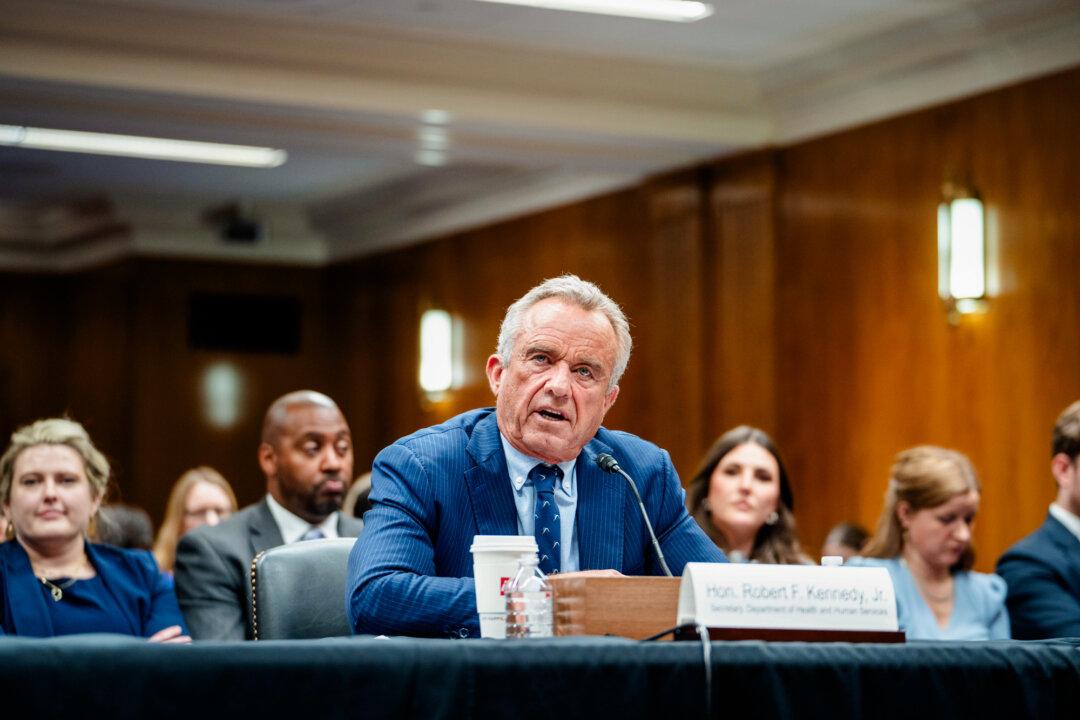One of the world’s most recognizable figures, former President Donald Trump officially launched his quest to duplicate a feat accomplished by only one former president who, until now, has been mostly forgotten.
Declaring that “America’s comeback starts right now,” Trump announced his candidacy to run for president in 2024 during a primetime address at his Mar-a-Lago estate on Nov. 15.





